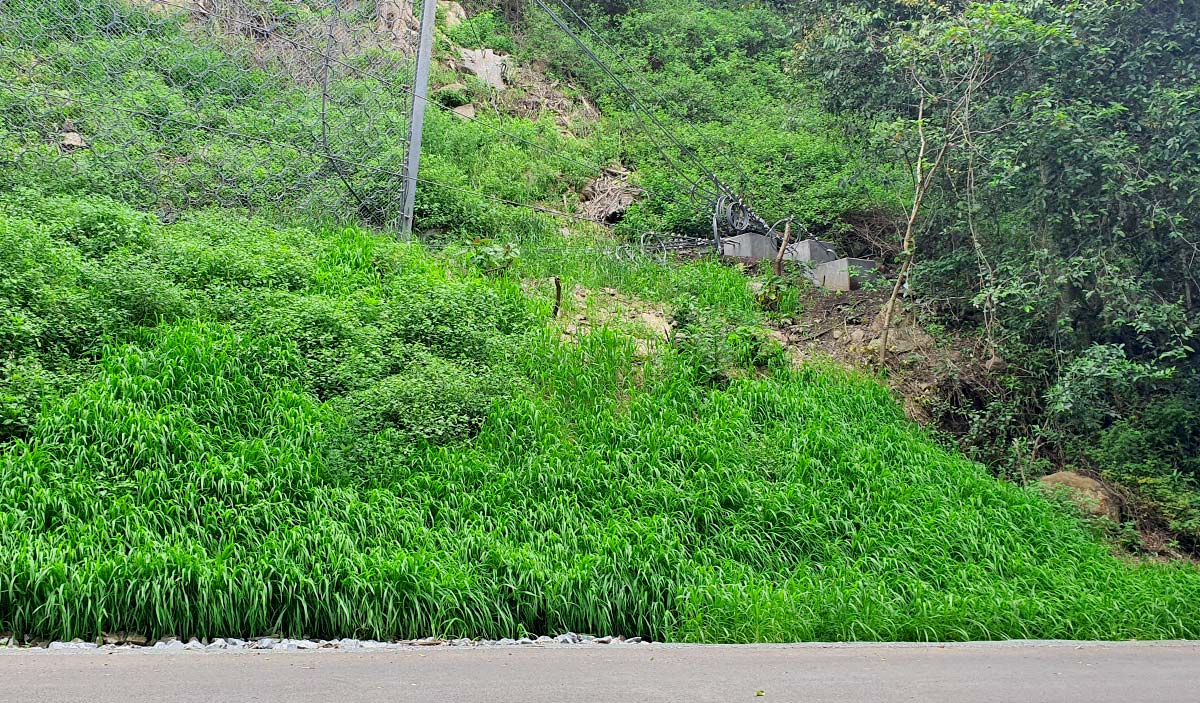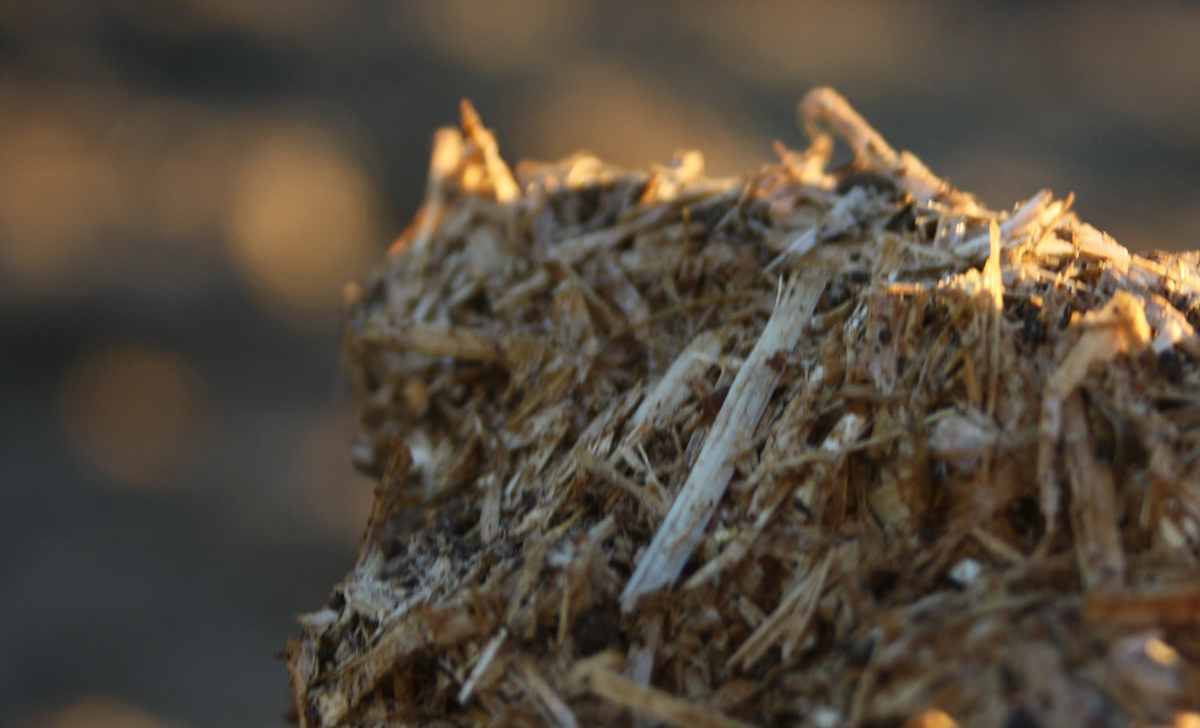The use of cover crops dates back to ancient Roman, Chinese and Indian civilisations, and the benefits are well documented. When the first crop dies, nutrients return to the soil, priming it to support the final crop when it is planted.
However, as incorrect cover crop implementation has caused some revegetation program failures over the years, the practice has met with resistance from some contractors and site owners, who instead plant the final crop without taking these preparatory steps.
Businesses that don’t use cover crops are attempting to grow plant matter without the natural carbon and other nutrients/organisms in the soil to support the long-term outcome, which can lead to several problems.
Keys to correct cover crop management:
Cover crop is generally made up of non-native vegetation that protects soil as it grows and returns nutrients to the earth when it dies, priming it for the desired outcome of native grasses, trees and shrubs.
Effective management is key to success in cover crop use and application, and there are a number of factors to consider before sowing.
Seed selection and quality
Whilst all introduced and short-lived perennial plant species can be used as cover crop species, project outcomes will be influenced by location, climatic conditions, season, soil type and other soil constraints like PH and sodicity. Additionally, when working with native plants, it’s always wise to select species that are endemic to the project location.
The following species groups should be considered essential components of a soil conditioning program for optimum results:
- Annual/introduced cereals at a ratio of 15-25% of the cover crop seed blend.
- Grasses at a ratio of 25-50% of the cover crop seed blend.
- Legumes at a ratio of 20-30% of the cover crop seed blend
- Chenopods at a ratio of 1-3% of the cover crop seed blend
In our opinion, it is best to consult a local seed specialist regarding seed viability, age and germination rates prior to selecting your final cover crop seed blend, which should include at least one species of each family.
Site and soil conditions
There are many key site conditions to consider prior to any project implementation, including existing vegetation, salinity, soil fertility, slope percentage, machinery access, and of course, budgetary constraints. When it comes to soil conditions in particular, it’s important to understand the site history and what has happened with the soil prior to project commencement.
Ground preparation
By covering the soil, cover crops enhance soil health by capturing natural moisture and reducing inputs; however, before plants can grow, they must have suitable growing conditions.
Fertiliser application is key, and the correct amount depends on the application method, which in turn depends on the site slope.
There are two main application methods:
- Tractor seeding: this method is most effective and economical on flat to rolling ground, and typically requires 250 kilograms of fertiliser.
- Hydromulching: this method is best for slopes with a gradient steeper than 4H – 1V, and typically requires 400 kilograms of fertiliser.
Application
As a general rule, our soil scientists recommend a combined seed rate of between 40-60 kgs/ha on all sites.
Maintenance
Given that weeds are the main reason for cover crop failure, effective weed control is an essential component of any project maintenance. Plant health and species development should also be closely monitored.
With all of the above management considerations under control, you’ll be ready to reap the rewards of a successful revegetation program on your site.
The benefits of using cover crop correctly include:
| Fast establishment of deep rooted plants Vigorous root growth increases resistance to stress and drought, nutrient uptake, and CO2 production for photosynthesis whilst also reducing erosion. |
| Improved soil structure and long-term soil health Cover crops allow for the phytoremediation process to occur and can resolve even major mineral imbalances and/or contaminants in soil. This process maximises soil biomass build-up which in turn enhances the soil structure, optimises moisture preservation and vegetation establishment, reduces soil bulk density levels, and minimises the short-term risk of erosion. |
| Weed and pest eradication Effective cover crop application minimises the germination and establishment of weed species. This is essential to maintaining nutrient-rich soil for native plant growth and reducing weed management requirements. |
| Increased growth Effective seed strike protects even highly disturbed soil from erosion caused by rain and overland flow, leading to increased growth and enhanced overall soil health. This in turn allows for the establishment of beneficial bacteria and mychorizae fungi which improves water holding and nutrient availability to the establishing plants. |
| Improvements to the broader native environment Effective cover crop usage contributes to water conservation, pollution reduction and cost-effective carbon sequestration programs. Over the medium-to-long-term, cover crops can minimise the risk of pest and disease infestations, creating habitats for a range of native insects and worm species, further building overall soil health. |
Are you considering implementing cover crops in your next revegetation project? Fill out the contact form on our website for more information, and one of our soil scientists will be in touch.

